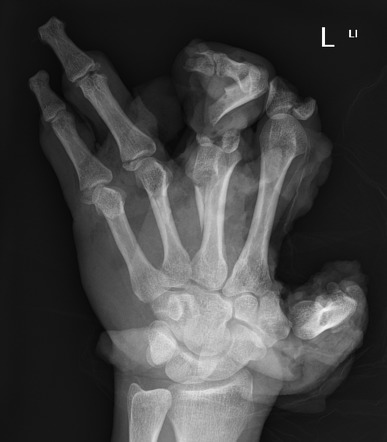By: Mariuxi Manukyan, MD
In addition to clinical history and the physical exam, imaging of the trauma patient is essential for a complete and accurate work up. Trauma imaging helps triage the trauma patient and guides the surgeon in delivering appropriate care. It provides information on:
1) underlying patient factors (i.e. patient with a single kidney),
2) identifies life-threatening injuries (i.e. major vessel injury),
3) detects injuries that might be otherwise missed (i.e. subtle rectal injuries), and
4) creates a road map for treatment algorithm (i.e. a trip to the operating room vs. interventional radiology first).
It is important to stress that imaging by itself is NOT sufficient in managing a trauma patient. It serves as a useful adjunct that, when combined with the rest of the information gathered in the initial assessment of the trauma patient, presents the provider with the most timely and efficient route for patient care.
While there is legitimate concern as to the effects of cumulative radiation over a patient’s lifetime, this should not be an active consideration when deciding what, if any, part of the trauma patient requires imaging. The benefits of medical x-ray imaging in a trauma situation far outweighs the risks associated with radiation. For perspective, all are exposed to the natural background radiation that exists across all geographies at all levels across the world. In the United States, the average background radiation averages 3.6 milliSieverts (mSv) per year (extra: some areas have high background radiation such as Denver, CO due to rich mineral deposits and height from the sea level). This means that just by living in the US, the average person is exposed to about 3.6 mSv each year. And as technology progresses, CT scanners have been using lower radiation doses with improved results. CT imaging of the torso (which includes the chest, abdomen and pelvis) amounts to 5-10 mSv per scan with significant amount of information that is beneficial in assessing a trauma patient compared to a chest x-ray which is about 0.02 mSv per image. In pregnancy, total doses of up to 100 mSv have never been shown to cause fetal anomalies and typical imaging done on pregnant trauma patients seldom reaches this level.
The bottom line: the amount of radiation a patient is exposed to from an initial trauma scan is negligible compared to the potential for missing significant injuries. There is no coming back from death or permanent disability.
There are some caveats to initial trauma imaging:
- The patient must be stabilized PRIOR to obtaining imaging studies. An unstable patient must be resuscitated and/or taken to the operating room for stabilization prior to proceeding with imaging.
- When in doubt, “pan scan.” Using whole body CT imaging has been shown to decrease morbidity and mortality.
- In pregnancy, treat the mother, NOT the fetus. Missing an injury significantly increases the chance of fetal AND maternal loss.
- Give IV contrast EVEN in patients with kidney disease. If you are concerned enough to image the patient, then you need to have high quality images. Identifying injuries always trumps the potential for kidney injury.
Thank you Dr. Mariuxi Manykyan for writing this important blog post.


